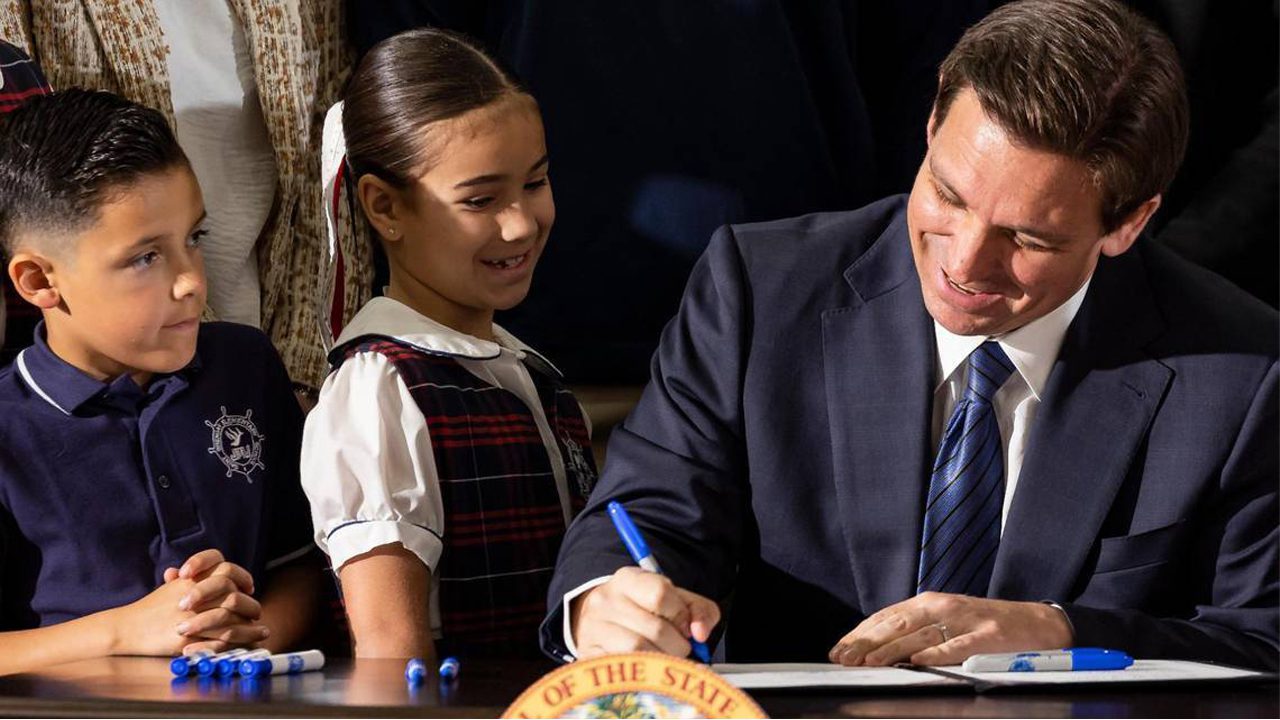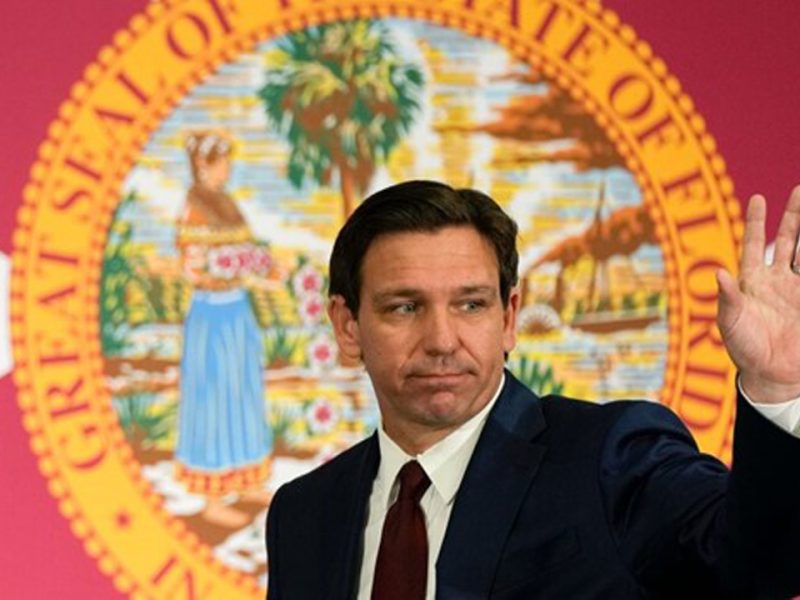
More Miami-Dade families signed up for vouchers, but majority were private school students
Miami Herald | By Sommer Brugal | October 24, 2023
When Gov. Ron DeSantis signed into law one of the nation’s largest school choice programs in March, he said the move would enable “every single student in the state of Florida” to get a taxpayer-funded education voucher or savings account.
But data from Miami-Dade County Public Schools show that while the number of students who obtained a voucher did increase this school year, the majority of students who obtained a voucher were already enrolled in private schools.
Last school year, 43,301 students in Miami-Dade County used a tax credit or scholarship to attend a private school, according to Step Up For Students, an organization that manages the majority of vouchers in Florida. This school year, the number rose to 56,970, an increase of nearly 13,700, the organization said.
“The natural assumption would be that Miami-Dade County (public schools) might have lost close to 14,000 students. But at least in the short term (and) in the school year we’re in, there appears to be minimal impact on public school enrollment,” said Ron Steiger, Miami-Dade County Public Schools’ chief academic officer.
Instead, he said, the increase in vouchers is “coming from students already attending private schools, or (students) in kindergarten who were already planning to attend a private school.”
Miami-Dade County Schools is the third-largest district in the nation with nearly 336,000 students. In the last five years, however, there’s been an overall decrease in enrollment — with the largest dip occurring during the pandemic — because of charter and private school growth, and families leaving Miami altogether. Nevertheless, a recent influx of immigration to South Florida boosted enrollment from last year to this school year.
Broward County Public Schools also saw an increase in the number of students who obtained a voucher for the school year. District officials told the Herald that they were unable to determine whether the increase can be attributed to traditional public school students leaving for private schools, or students who were already enrolled in a private school obtaining a voucher.
Florida Department of Education officials told the Miami Herald in an email that Florida families “have been excited to take part in this growing program, which has led to a record number of scholarship recipients this year.”
State officials did not respond to Herald questions about how the majority of voucher users were already private school students.
LOCAL VOUCHERS MIRROR STATEWIDE TREND
The trend in Miami-Dade County mirrors one seen across the state when accounting for the two main programs available to families, the Florida Tax Credit Scholarship and the Family Empowerment Scholarship.
At the start of September, nearly 243,000 students had enrolled in more than 2,000 private schools statewide — a roughly 170,000 student increase from the 2022-23 school year, according to a report by Step Up for Students.
Of the nearly 243,000 students, about 123,000 are “new” to the program and 84,505 — or 69% — were already in private schools, the report states. About 16,000 students who are new to the voucher program — or 13% — came from public schools, while 22,294 students were entering kindergarten, according to the report.
For Karla Hernandez-Mats, president of United Teachers of Dade, the numbers validate concerns she and others expressed throughout the 2023 legislative session when HB1, the bill behind the voucher expansion, was debated. (Following DeSantis signing the bill in March, she said the law amounted to “welfare for many wealthy parents” who already send their children to private school.)
“The numbers coming out certainly show that this did not create more access or seats for students,” Hernandez-Mats told the Herald. “This is a misuse of public funds where the people who have the means are now getting (about $8,000) they can use for other purposes.”
The teachers union president cited a Tampa Bay Times story that detailed an approved list of items voucher recipients can buy should any voucher money remain after paying tuition and fees. Among the items: theme park passes, 55-inch TVs and stand-up paddleboards, the Times reported.
State lawmakers should be investing in traditional public schools, which is where the majority of children in the state attend, she said. Instead, she argued, private schools are now “free to use taxpayer dollars” how they see fit.
About 445,000 students, or about 13% of the state’s K-12 students, attended private school in the 2022-23 school year, while more than 2,870,500, or about 87%, were public school students, according to the Florida Department of Education’s annual private schools report.
Supporters of the bill, including DeSantis and conservatives who made the bill a top priority, have rejected those claims, arguing funding for public schools has increased since DeSantis became governor. Moreover, they said the expansion encapsulated a years-long push to give families more choice and the Republican-led Legislature’s effort to expand parents’ rights in the state.
During this year’s session, lawmakers expanded the Parental Rights in Education law, commonly referred to as “Don’t Say Gay,” to bar instruction related to gender identity or sexual orientation in kindergarten through eighth grade. The initial measure, signed in 2022, prohibited such instruction through third grade.
ISSUES WITH VOUCHER ROLLOUT
Since the start of the school year, the voucher program’s rollout has faced a series of hurdles, according to the Tampa Bay Times.
About one month into the school year — and after the deadline required by law, which is within 10 days of Sept. 1 — some families of students living with a disability and private schools across Florida said they’d yet to receive the first-quarter installment from the state for the vouchers. In some cases, the delayed funds resulted in some services being canceled.
The complaints led Florida Education Commissioner Manny Diaz to ensure the money would be distributed as quickly as possible. He said the expansion placed pressure on the system, but added that his department would work with scholarship funding organizations, including Step Up, to ensure payments were distributed on time.
About a week after parents began complaining publicly about the delay at the end of September, families began seeing the funding, the Times reported.





